Photo by Steve Davis
First, a bit of blog business. My travel to San Diego was, well, fraught. I was supposed to arrive on Saturday, but I was delayed until late Sunday night. I've tried to cram all the meeting activities I wanted to do into these two days. So, these posts may be a bit out of order. However, there is a lot of really cool science going on that I want to share.
Now, on to the science.
Before attending the meeting I dutifully went through the EB app (see? At least one person used it) to decide what talks and posters I wanted to see/visit. I was pleased to see that epigenetics would be well represented at the meeting.
Given my interest in epigenetics and frequent discussions I’ve had with people about its importance in cancer, I had to visit the Whetstine Lab Poster on "Epigenetics Impacts Copy Number Heterogeneity and Drug Resistant Gene Selection" and Dr. Whetstine’s talk. So, how does epigenetics impact copy number heterogeneity and drug resistance?
The simple answer is A Lot.
Let's start with cancer cell heterogeneity. Cancers often have subpopulations of cells within tumors; not every cancer cell is the same. These cells can have distinct genotypes and phenotypes. Copy number variance is just one of these possible genotypes and drug resistance is just one of the phenotypes.
Dr. Whetstine proposes that one of the causes of those differing genotypes is epigenetics and he's recently demonstrated that to be true.
The entry point into his work is really through the KDM4A, a lysine-specific demethylase. Most specifically it demethylates lysine 9 and 36 on histone 3.3. His lab screened over 4,000 cancer types and found that 20% of them had increased KDM4A levels. This also correlated with increased copy gain of genes located in the 1q12-22 locus, which contains a number of pro-survival genes and oncogenes. Dr. Whetstine's lab went on to investigate this link and found that KDM4A brought all the replication machinery to the 1q12-22locus. Moreover, if you chemically modified the histones to interfere with methylation (by substituting the lysine with a methionine), then you see the same copy gain. This demonstrates that the specific epigenetic modifications also matter. Taking the reverse tactic, if you overexpress Suv39h1 (which opposes the action of KDM4A), then you suppress the copy gain.
Interestingly, you only get this copy gain if the cells are in S phase. This is one mechanism by which you can have the cellular heterogeneity. If one cancer cell is in S phase and the other isn’t, then one cell will have the copy gain and the other won’t.
Another mechanism for this heterogeneity can be the oxygenation of the tumor. Hypoxia results in this transient site specific gains as well. If you return the cells to normoxic conditions, then you reverse the copy gain. So, why is this important? Well, you could imagine that the interior of the tumor would have different oxygenation than the exterior—more room to breathe, if you will. Moreover, hypoxia is related to drug resistance. That is, some cancer drugs are less effective under hypoxic conditions—not necessarily due to the chemistry of the drug, but because the cells themselves are resistant.
Now, miRNAs. What do you think? Well, miRNAs appear to regulate KDM4A. If you transfect cells with hsa-mir-23a-3p, hsa-mir-23b-3p, and hsa-mir-137, then you decrease KDM4A expression and thereby copy gain. However, if you transfect the cells with anti-mirs (which block miRNAs), then you reverse the effect of miRNAs.
That’s all well and good, but is there a therapeutic response? Why, yes, there is. miRNAs give a reduced response to cisplatin.
Now, I’ve told you that KDM4A and specific epigenetic markers cause copy gain of a particular region, but what does this mean in terms of cancer development? Well, it turns out that the cancer treats this as a sort of “DNA suitcase.” That is the mechanism of gene over expression is the same—through these copy gains—but different cancer types overexpress different genes. For example, in breast cancer you see CKS1B overexpression, in myeloma there’s both CKS1B and BCL9, but in epithelial cancers you see neither.
Through “typing” the cells based on KDM4A expression, you could block drug resistance and sensitize cells to various cancer treatments. For example, you could decrease KDM4A expression through the use of miRNAs and, therefore, render certain cancer treatments more effective.

